Saitama Japan Guide: What to do in Saitama for a Day Trip
Are you planning a visit to Saitama Prefecture? This article cuts straight to what you need to know about Saitama, how to reach Saitama, key attractions like the Railway Museum and Omiya Bonsai Art Museum, and outdoor activities in scenic locales.
Discover Saitama’s perfect mix of urban sophistication and natural beauty, just a stone’s throw from Tokyo.
Exploring Saitama Prefecture: What You Need to Know About Saitama
Saitama Prefecture offers a range of experiences waiting for you to discover. You can explore historic warehouses in quaint streets and shop at Japan's largest mall on the same day. Saitama blends the old and the new, making it a fascinating destination.
You can visit old warehouses in Kawagoe and then go shopping at the Aeon Lake Town Mall. If you love nature, Saitama has scenic spots like Hitsujiyama Park with its pink flowers and Nagatoro Valley's rugged charm. There are also hot springs for a relaxing soak after a day of sightseeing.
So, if you're looking for a day trip from Tokyo that's packed with a variety of attractions to suit every taste, Saitama Prefecture is your go-to spot. It's a place where you can connect with nature, dive into history, and indulge in modern luxuries, all within a short journey. Trust me, Saitama is the unsung hero of day-trip destinations, and it's just waiting for you to explore its many wonders.
How to Get to Saitama
Reaching Saitama is relatively easy compared to going to other prefectures from Tokyo. You can use a number of JR lines that go through most Tokyo prefecture stations that will take you straight through Saitama. Car rides can also take less than an hour, depending on where you're from. If you want to find out more, here's how you can get to Saitama:
By Train
The extensive railway network in the Kanto region makes Saitama easily accessible by train. You can take the JR Ueno-Tokyo Line from Tokyo Station to Omiya Station, making it a swift and effective means of transportation for individuals embarking on a day trip or seeking to discover Saitama. This journey usually takes approximately 30 minutes.
There are several primary railway routes linking Saitama with the Kanto region, including:
- Keikyu Main Line
- Keihin–Tōhoku Line
- Seibu Chichibu Line
- Saikyo Line
Among these, Omiya Station is the most connected and convenient station for tourists in Saitama. This is why I based most of my day trip around Omiya Station.
For those landing at Narita Airport, the Keisei Skyliner train offers a direct route from the airport to Saitama-Shintoshin Station via Nippori, taking approximately 1 hour and 43 minutes.
If you're a first-time traveller to Japan, you may find it harder to use Japan's efficient railway systems since you probably don't have an IC card on you. But luckily, Klook has you covered by offering a tonne of options to choose from to make train travel easier for you: the Welcome Suica card, JR passes, and a Japan train booking portal.
By Car
If you prefer the flexibility and independence of a road trip, driving to Saitama is a great option to consider. The city is well-connected by major highways and expressways, including the Tōhoku Expressway and the Nikko Kaido.
To make your journey from Tokyo to Saitama smooth, you can follow the driving directions on the car rental GPS (most of them have this) or use good-old-trusty Google maps. For those who're curious about the toll rates for expressways, you can calculate the toll for the entire route using the Tokyo Gaikan Expressway.
What I Did in Saitama for a Day Trip
So now that you know how to get to Saitama, let's jump right into what I did on my Saitama day trip:
Omiya Bonsai Art Museum
My visit to the Omiya Bonsai Art Museum was quite unexpected for me. The museum, which is the world’s first public museum dedicated to bonsai, teaches you the basics of traditional Japanese art form and how to best appreciate it. I didn't realize how intricate bonsai gardening was and how much care and consideration the artisans have to create bonsai nurseries.
With over 120 bonsai masterpieces and a variety of bonsai species such as coniferous trees, deciduous trees, and accessory plants on display, the museum was a visual treat. I'd expected to spend around an hour here max, especially since the exhibit seemed quite small compared to other museums I went to this trip. But I ended up spending close to three hours here!
There were three main exhibits at this museum. The first exhibit gives you an overview of bonsai art as well as the different styles it can have.
The second exhibit, Sencha and Bonsai: The Dawn of Bonsai, was a special exhibit with bonsai as the subject and less of the art form. There were paintings and notes made about the bonsai, which gives you a glimpse of how the hobbies of the Literati changed bonsai as an art.
The third exhibit was arguably the main show, the outdoor bonsai nurseries.
Each bonsai tree had a different story and it was amazing to see how thousand-year-old bonsai trees survive to this day. We were also lucky enough to get a chance to see a plum blossom bonsai in the exhibit.
Railway Museum
Next on my itinerary was the Railway Museum. This museum opened on the National Day of Railways in October 2007 to honour the inception of Japan’s first railway. The museum gives you a rundown of the history of railways in Japan, lets you go inside old Japanese train cars, and even has educational displays on the historical, current, and where railways of the future could go.
This museum seemed more catered towards children, given how much educational stuff there is about the trains as well as how the show was made to entertain kids. BUT, this doesn't mean that adults wouldn't have fun here, cause I definitely did.
I loved the interactive exhibits they had for operating trains back in the day, as well as their exhibit on what it feels like to be a train driver or a conductor. And of course, the old train cars made for fun backgrounds for photos on our socials.
The museum also offers guided tours with the help of its audio equipment. These tours can give you a more in-depth understanding of the exhibits and the history of railways in Japan. After exploring the museum, I couldn’t help but appreciate the role that railways have played in Japan’s development and modernisation.
Other things to do in Saitama for a day trip
If the Omiya Bonsai Art Museum and Railway Museum aren't exactly your cup of tea, here are some other things you can do in Saitama for a day trip from Tokyo.
Natural Wonders of Saitama Prefecture
Hitsujiyama Park
Hitsujiyama Park is renowned for its vast floral display featuring ten varieties of shibazakura, covering an area of 18,000 square metres. The best time to witness this colourful spectacle is from late April to early May when the flowers are in peak bloom.
Located in Chichibu, the park is easily accessible with just a 15-20 minute walk from Seibu-Chichibu Station. Apart from the lively moss-pink hills, visitors can also enjoy cherry blossoms, tulips, and other seasonal flowers, enhancing the park’s scenic vistas.
Chichibu Region
The Chichibu region is a big area to cover in Saitama but is a great option for a day trip when you just want to chill out in Japan's natural surroundings. Another must-visit destination in Saitama, it offers: stunning mountain scenery, temples to explore, mountainous terrain, dense forests, rugged cliffs, seasonal floral fields
It serves as a serene retreat near Tokyo.
You can take part in various day trip activities like hiking and exploring the Mitsumine Shrine and the 34 Kannon Temples of Chichibu. Accessing the Chichibu region from Saitama City is easy, with the Seibu Line Red Arrow Express train from central Tokyo to Seibu-Chichibu Station, which is the nearest station to the region.
Nagatoro Valley
Known for its breathtaking views, Nagatoro Valley offers you the opportunity to appreciate its natural beauty and engage in exhilarating whitewater rafting experiences.
The valley is also home to diverse wildlife, including Japanese deer, wild boars, and the Asian black bear, as well as a variety of flora such as Touteiran, Japanese beech, and Erman’s birch, making it an area of great ecological importance. The stunning views from locations such as the Nagatoro Iwadatami Rocks, Hodosan Shrine, and Mt. Hodosan are a sight to behold.
Cultural Gems: Temples and Shrines
Saitama is also home to numerous cultural gems, including the Musashi Ichinomiya Hikawa Jinja, Mitsumine Shrine, and Sheng Tian Gong Temple. These temples and shrines hold significant cultural and historical value and showcase appealing historical architecture, providing visitors with an authentic insight into the region’s historical and cultural richness.
Musashi Ichinomiya Hikawa Jinja
The Musashi Ichinomiya Hikawa Jinja is a historic Shinto shrine that venerates Susanoo, the Shinto god of the sea and storms. It's one of the most ancient and consequential shrines in the Kanto region, with a venerable history that extends over 2,400 years.
The shrine’s tall torii gate at the entrance, grand main hall, and worship hall embody the grandeur and sanctity of the shrine. Additionally, the shrine hosts significant events like the Daitosai Festival in December and the Hikawa Festival in September, serving as a hub for cultural celebrations.
Mitsumine Shrine
Nestled in the mountains of Chichibu, the Mitsumine Shrine is a revered site dedicated to the extinct wolf. With an extensive legacy spanning over 1,900 years, the shrine is renowned for its intricate architectural elements and picturesque wooded surroundings.
The shrine is known for its intricate carvings portraying various creatures and flowers, such as:
- The Cub-Rearing Tiger
- The Three Energetic Monkeys
- The Owl of the Moon
- The Dragon of the Sun
Travelling to the shrine from Saitama city centre is convenient, with buses available to the Owa bus stop.
Sheng Tian Gong Temple
The Sheng Tian Gong Temple is another cultural gem in Saitama. This Taiwanese Taoist temple, built by Taiwanese merchant Kang Kuo Den in 1985, stands out with its intricate and detailed artwork, including numerous wood and stone carvings depicting dragons, birds, and other creatures.
The temple serves as a site for:
- religious observance
- a communal meeting place for the local Taiwanese and Chinese communities in Saitama
- various religious rituals and celebrations annually
This adds to the cultural richness of the new city as it embraces the heritage of former cities.
The best time to visit the temple is at 15:00, when the harmonious resonance of the instruments can be experienced, especially in late February when the kawazu zakura blossoms are in full bloom.
Popular Attractions to Check Out in Saitama
Kawagoe "Little Edo"
Kawagoe is affectionately known as "Little Edo" due to its well-preserved Edo-period (1603-1867) buildings and historic ambience. You can stroll down Kurazukuri Street, where old clay warehouses have been converted into charming shops and cafes. The iconic Toki no Kane (Bell of Time) tower is a must-see landmark that chimes throughout the day, transporting visitors back in time.
Saitama Super Arena
Saitama Super Arena is one of the largest multipurpose indoor arenas in the world, often hosting concerts, sporting events, and exhibitions. Its unique movable architecture allows the venue to adjust its size according to the event, making it a marvel of modern engineering and a hub of entertainment.
Sayama Hills and Totoro's Forest
Sayama Hills, also known as "Totoro's Forest," is a lush area that inspired the setting for Studio Ghibli's famous film "My Neighbor Totoro." The tranquil hills and the Kurosuke House offer a peaceful retreat with walking trails where visitors can feel close to nature and might just catch a glimpse of the forest's magical inhabitants.
The Bonsai Village
The Omiya Bonsai Village is a tranquil neighbourhood home to several world-class bonsai nurseries. Visitors can wander through the nurseries, admire the miniature trees, and even attend workshops to learn about the delicate art of bonsai. The village is a living gallery displaying the beauty and mastery of this traditional Japanese art form.
Saitama Stadium 2002
Soccer fans will enjoy visiting Saitama Stadium 2002, one of the largest soccer-specific stadiums in Asia. It was a venue for the 2002 FIFA World Cup and continues to host international matches and events. The stadium's design and atmosphere make it a pilgrimage site for sports enthusiasts.
By exploring these additional attractions, visitors can delve deeper into the cultural fabric and modern allure of Saitama Prefecture.
Is Saitama worth a visit?
So, is Saitama worth a visit? Absolutely! With its diverse attractions, natural beauty, and rich cultural heritage, Saitama makes for an exciting destination, whether you’re planning a day trip or a short getaway. The city offers a unique blend of urban and historical elements, making it distinct from many other Japanese cities.
From strolling through the Edo-inspired streets of Kawagoe to indulging in the meticulously curated bonsai forests at the Omiya Bonsai Village and unwinding at the Ofuro Cafe Utatane, Saitama offers a diverse array of unique experiences that cater to all types of travellers. It’s time to put Saitama on your travel bucket list and discover the charm of this underrated prefecture!

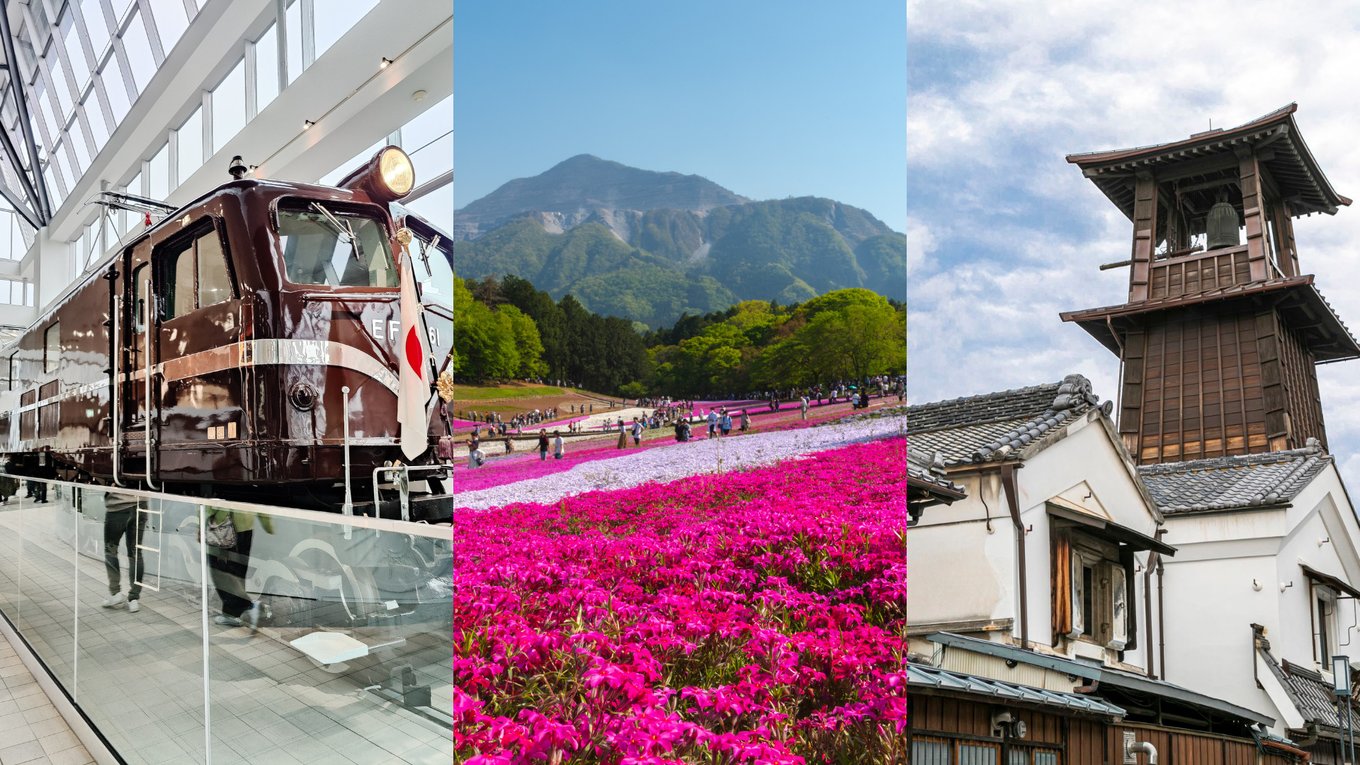
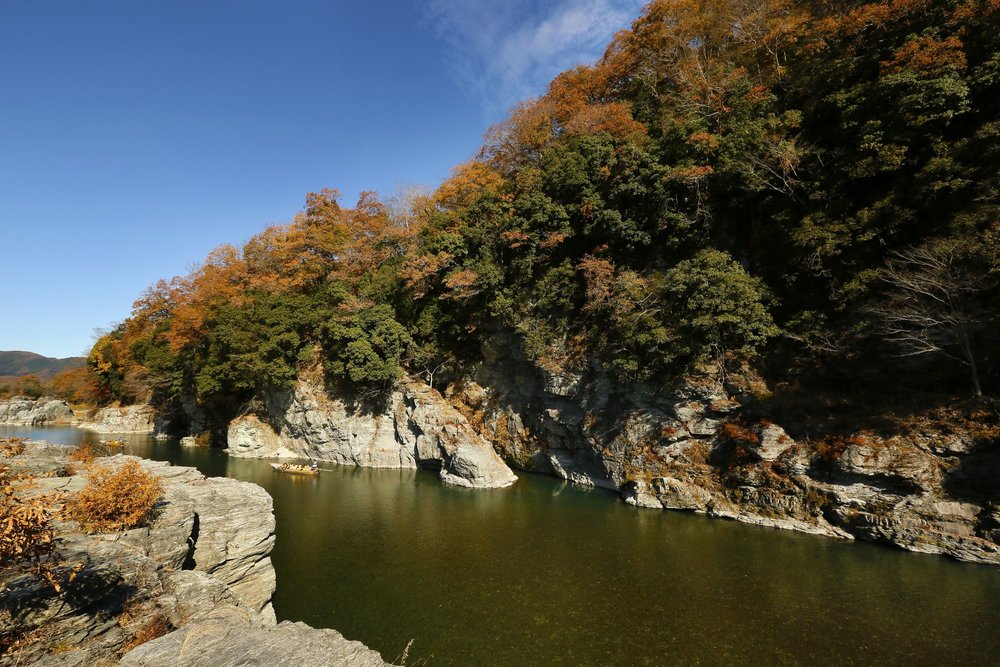
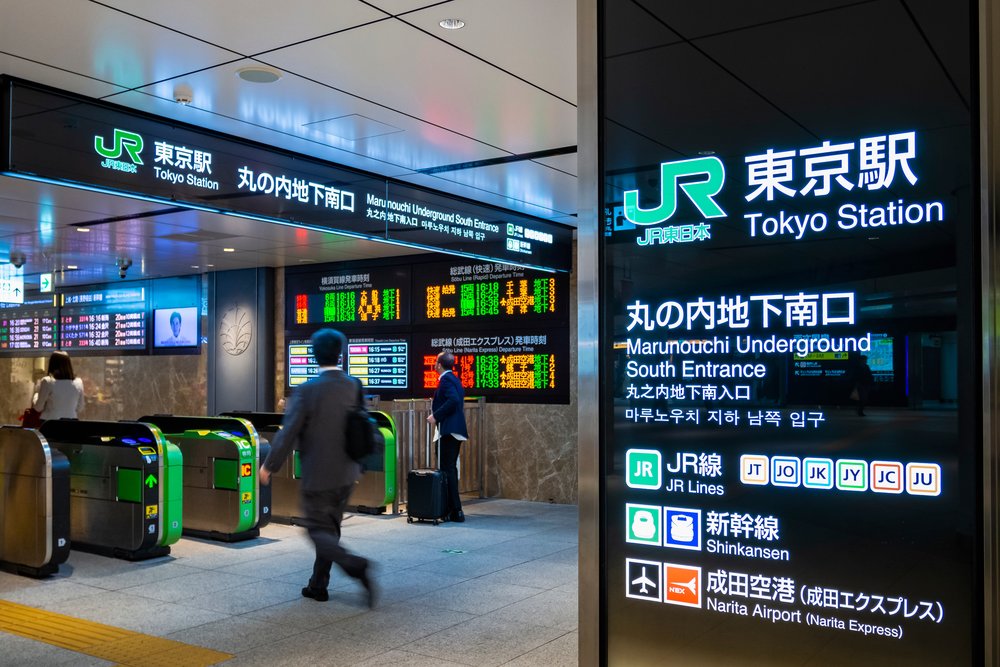

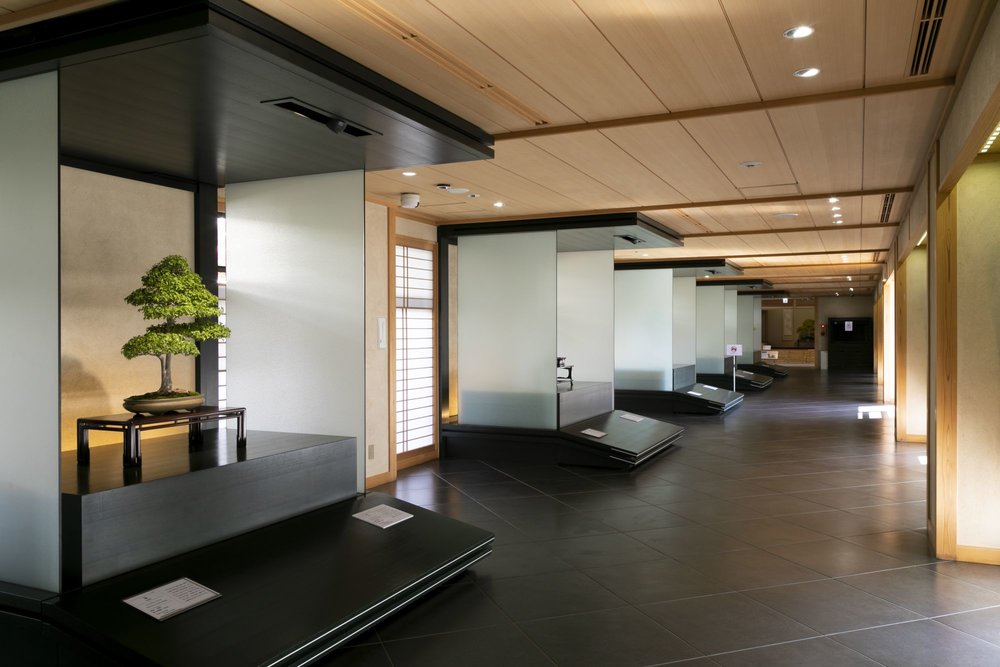
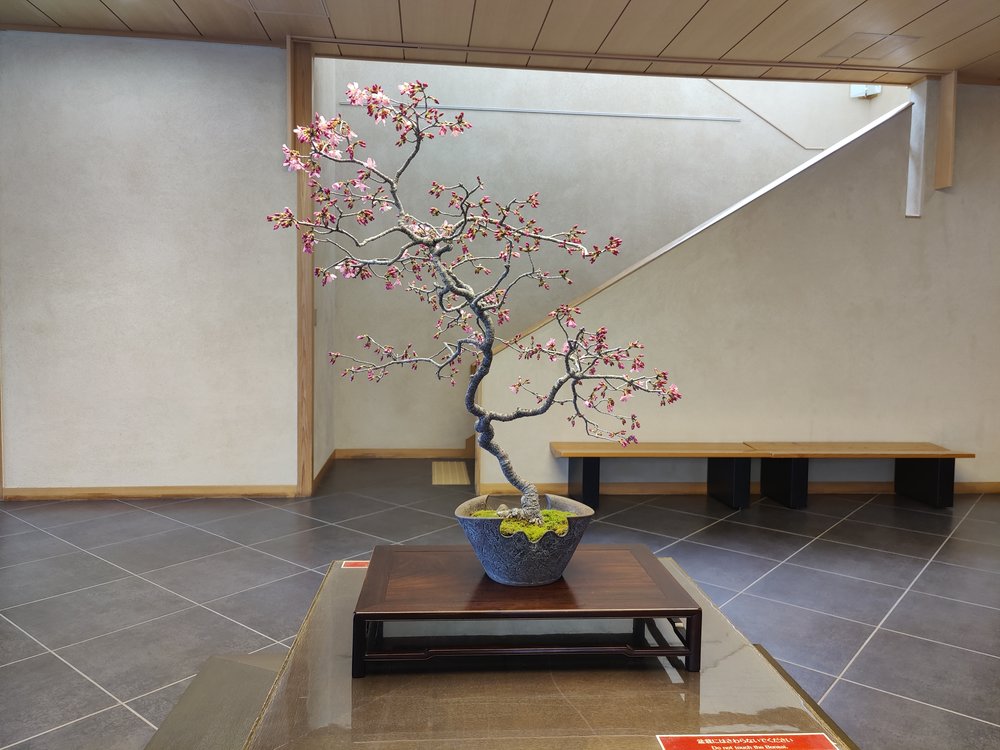
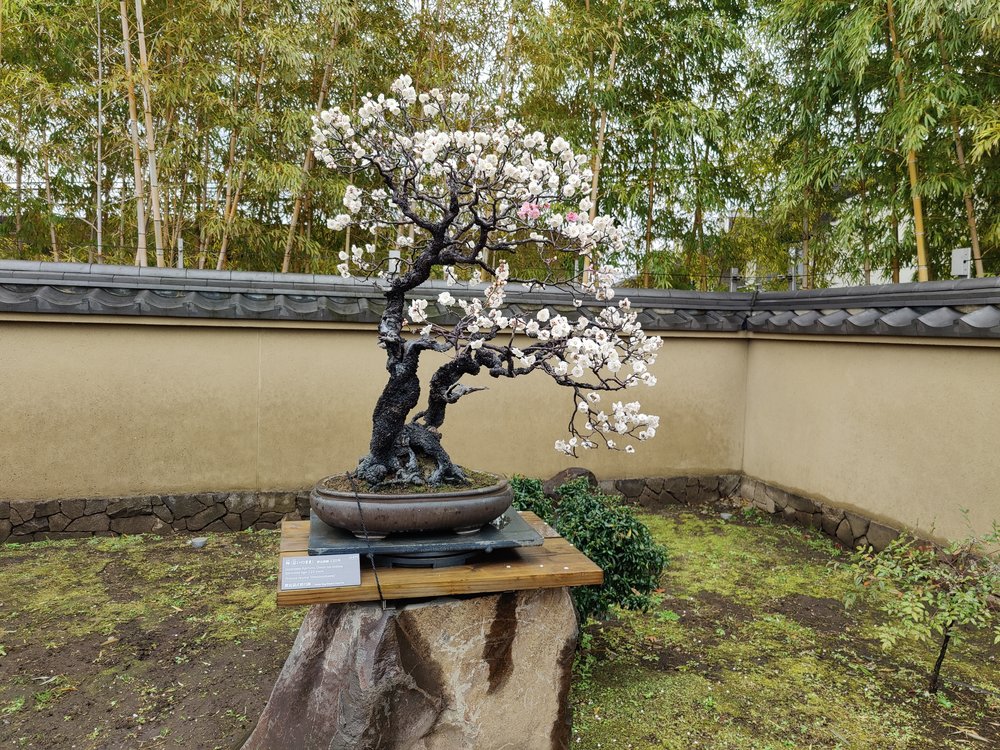
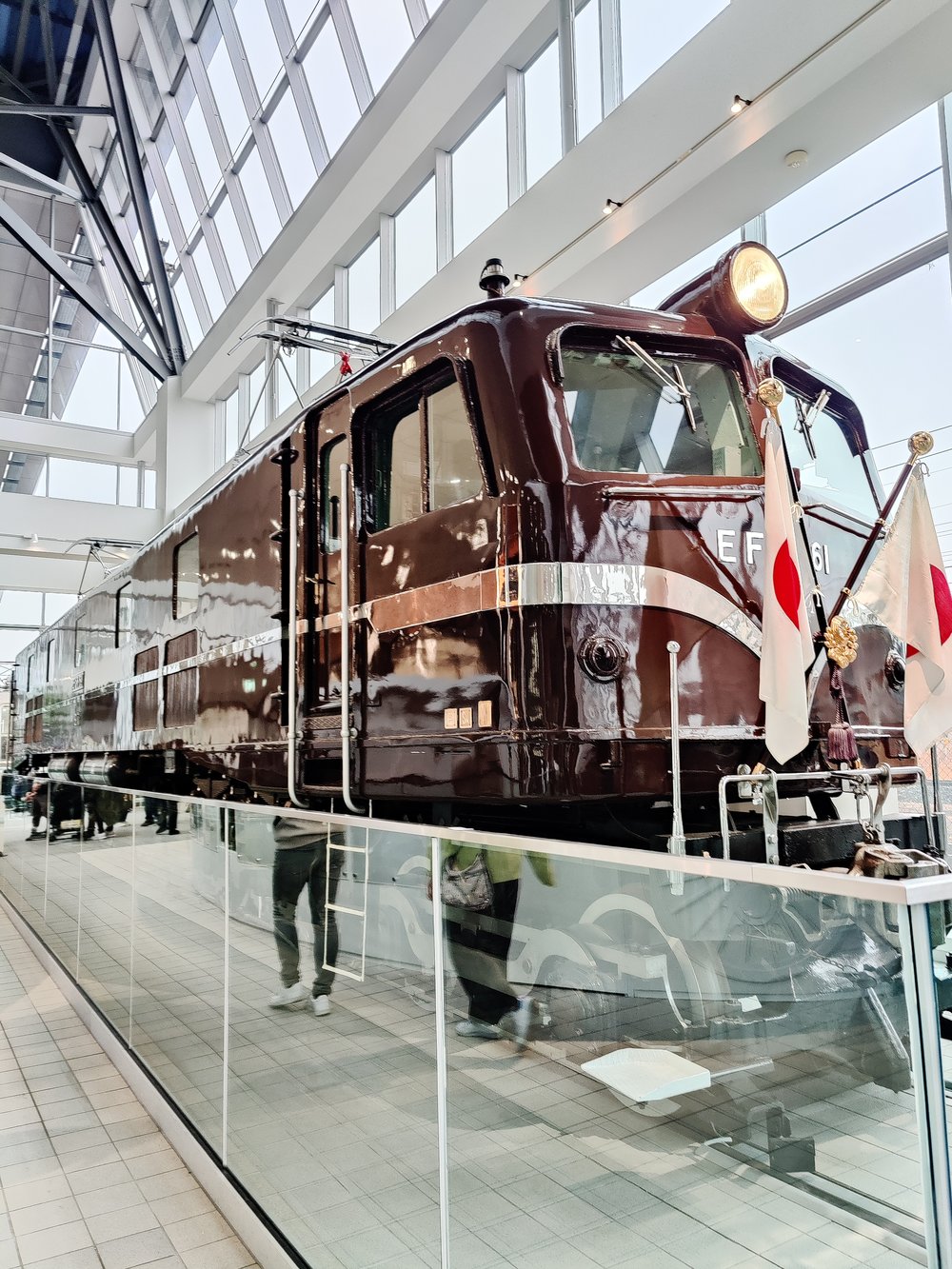
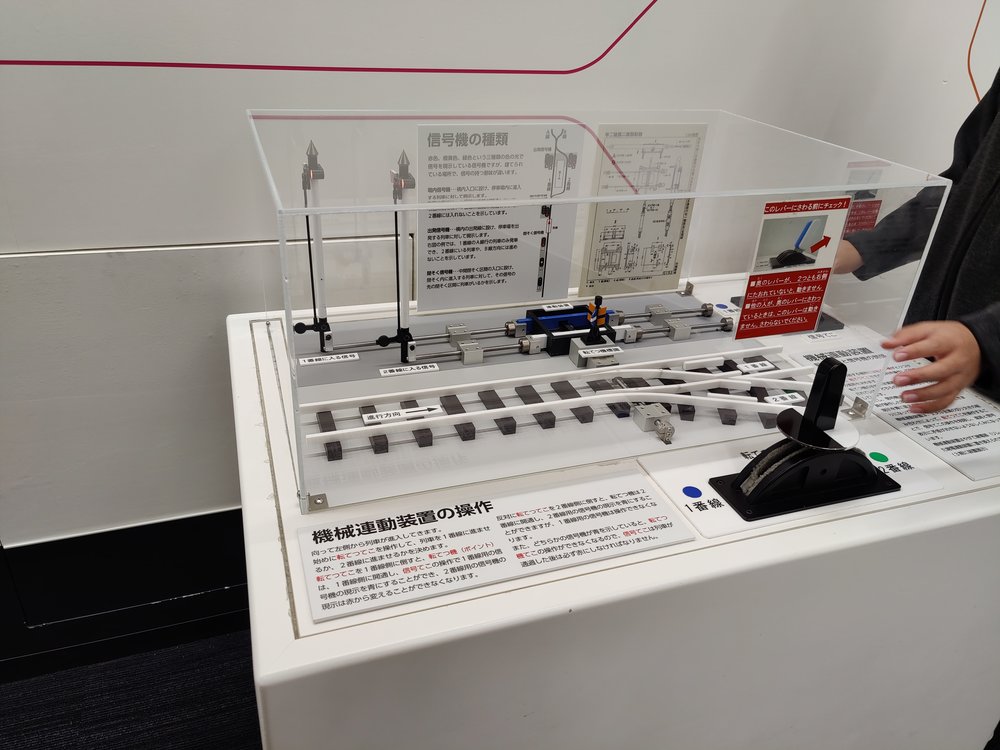
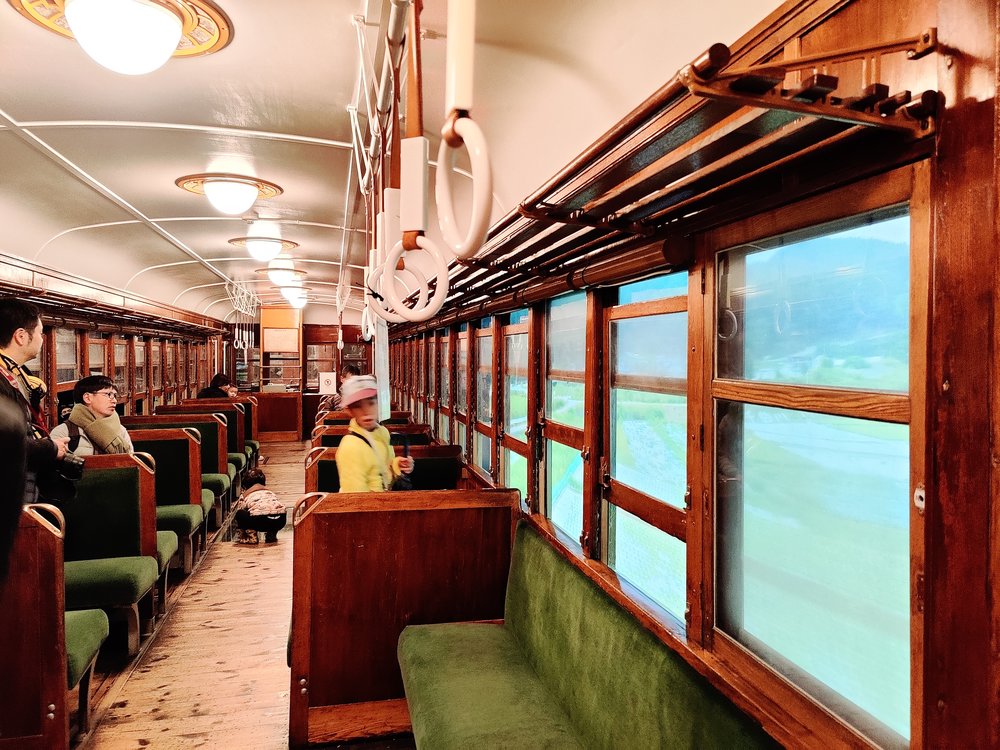
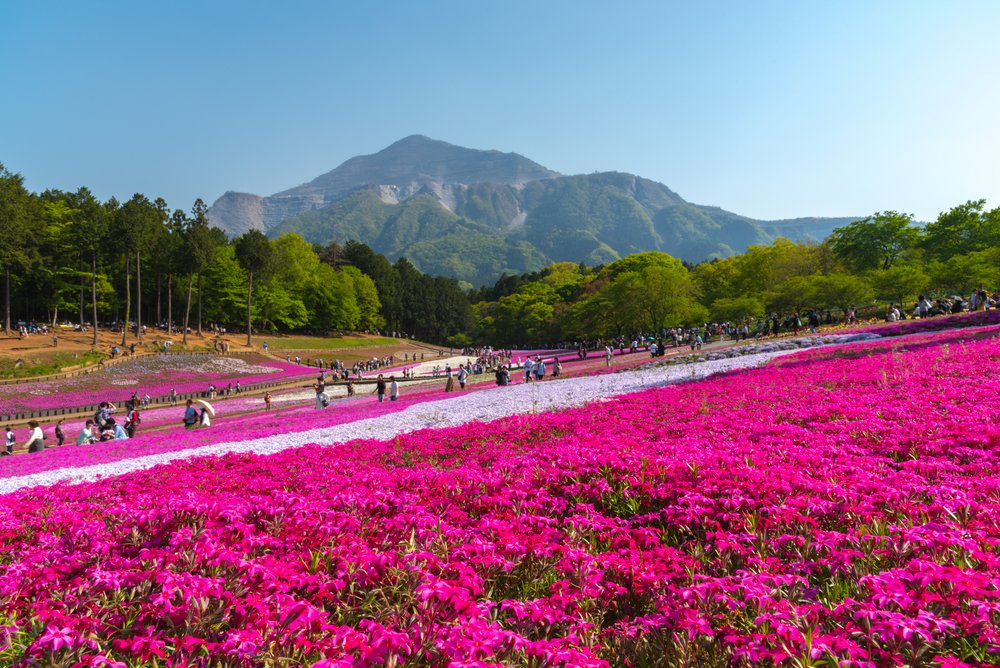
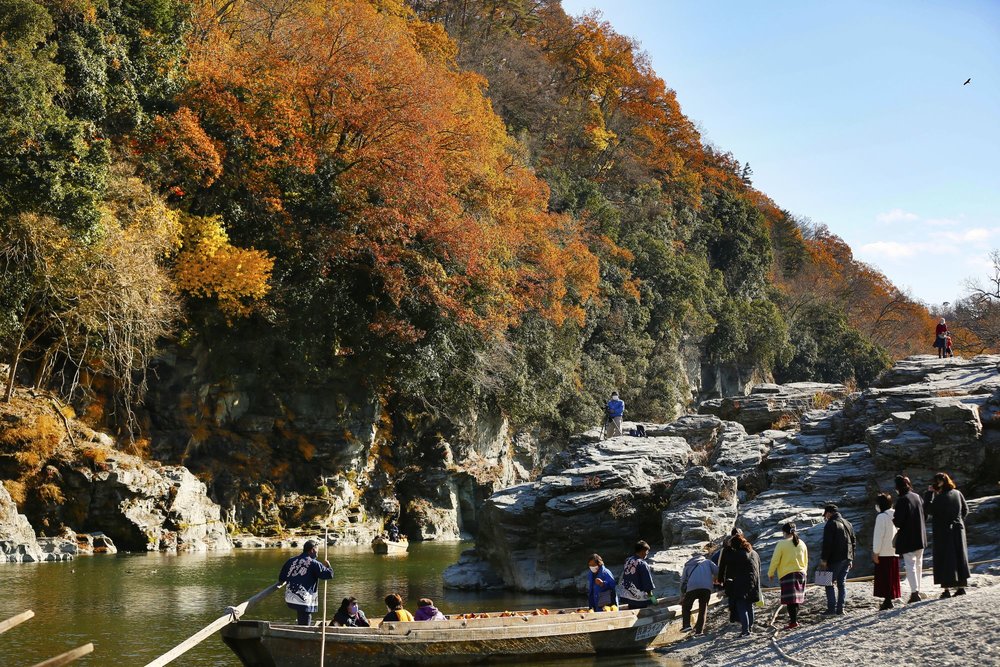
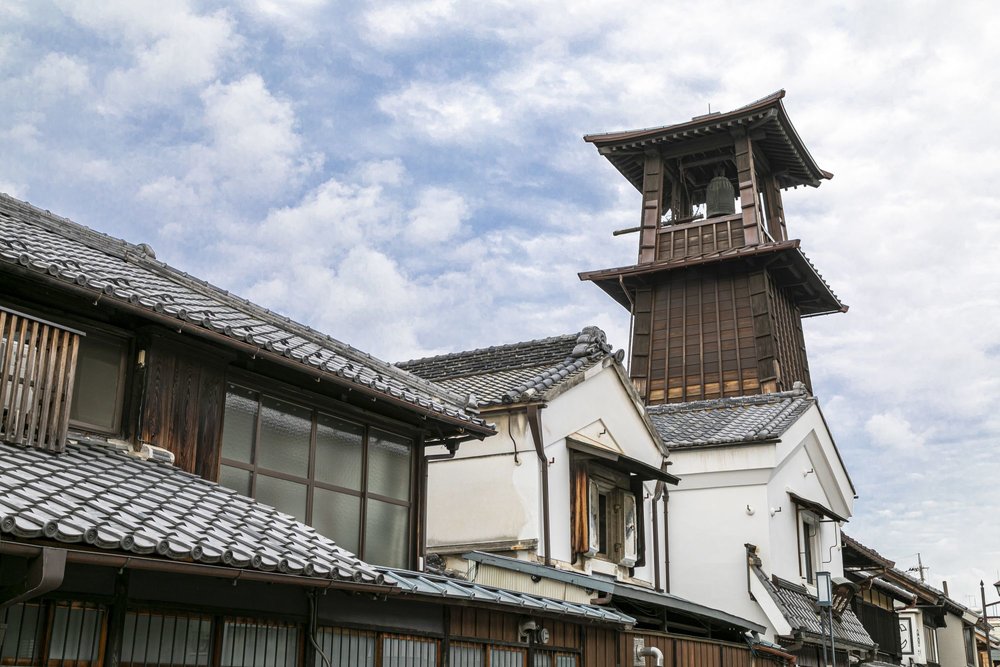






![[Updated] Complete List Of Official Nationwide MCO SOP 2021](https://res.klook.com/image/upload/fl_lossy.progressive,q_85/c_fill,w_160,h_104/v1633858858/blog/iso56uzsphmdguixkvzh.jpg)





![[Updated] Complete List Of Official Nationwide MCO SOP 2021](https://res.klook.com/image/upload/fl_lossy.progressive,q_85/c_fill,w_410,h_264/v1633858858/blog/iso56uzsphmdguixkvzh.jpg)






